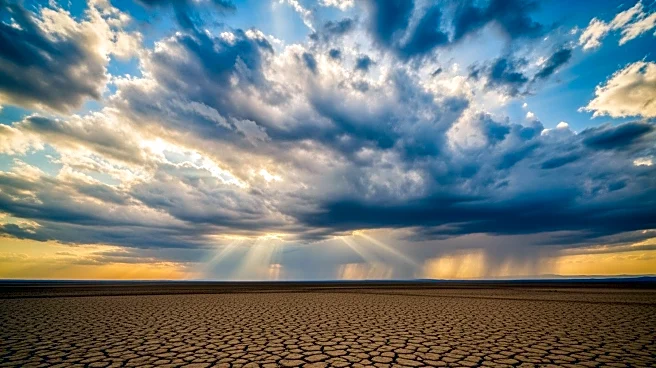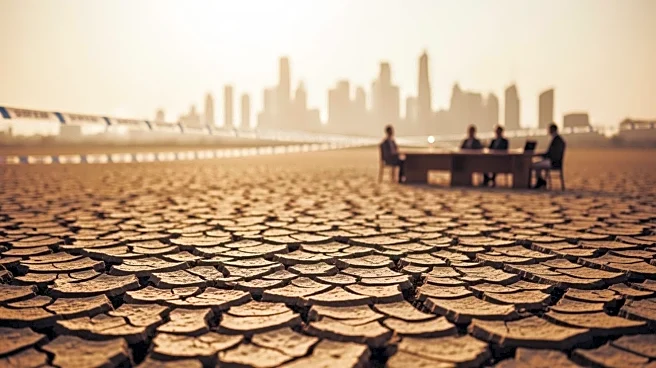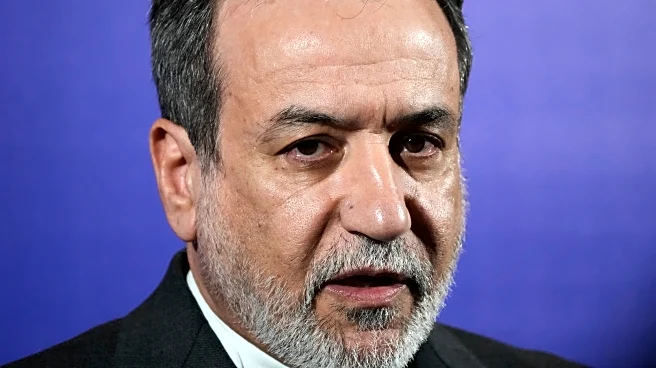What's Happening?
Iran is facing a severe drought, prompting the government to accelerate cloud-seeding operations and implement water rationing in major cities, including Tehran. The National Weather Forecasting Center
reports a significant drop in rainfall, marking the driest autumn in 50 years. The crisis threatens food production, public health, and economic stability, with Tehran at risk of severe water cuts. Cloud-seeding aims to enhance rainfall by dispersing particles into clouds, a measure taken to mitigate the drought's impact. The situation underscores the urgent need for effective water management and conservation strategies.
Why It's Important?
The water crisis in Iran highlights the broader implications of climate change and water mismanagement, which can lead to severe socio-economic and political challenges. As water scarcity intensifies, it could reshape Iran's economic planning and domestic priorities, potentially affecting regional stability. The crisis also emphasizes the importance of sustainable water management practices and international cooperation in addressing environmental challenges. The situation serves as a warning for other regions facing similar threats, underscoring the need for proactive measures to ensure water security.
What's Next?
Iran's government is under pressure to implement major reforms in water management and consumption systems to prevent a prolonged crisis. Lawmakers and local leaders are advocating for urgent action, while public frustration over water shortages adds political pressure. The success of cloud-seeding operations and other conservation measures will be critical in determining the country's ability to manage the crisis. International support and collaboration may also play a role in addressing the challenges posed by the drought.












